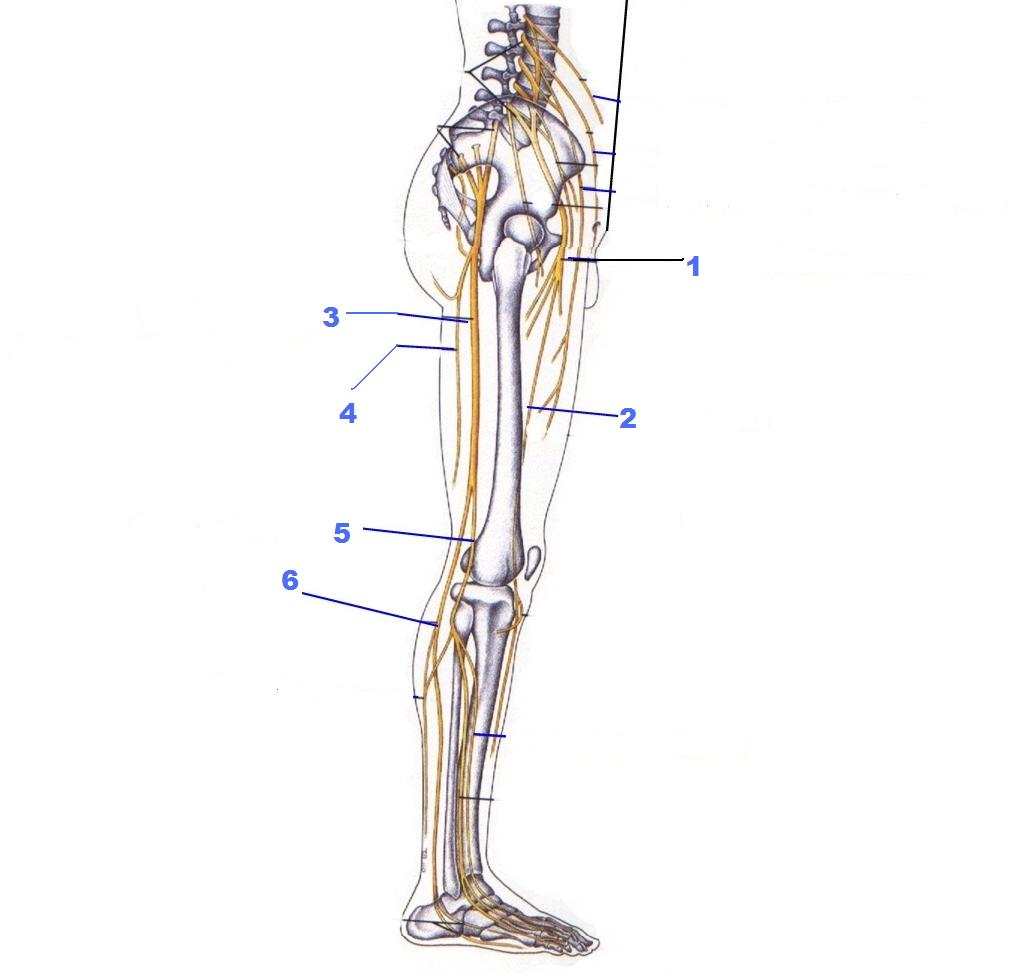Regional Exam 3
75 Questions
| Attempts: 185
2.
You may optionally provide this to label your report, leaderboard, or certificate.
Submit
×
Thank you for your feedback!
















